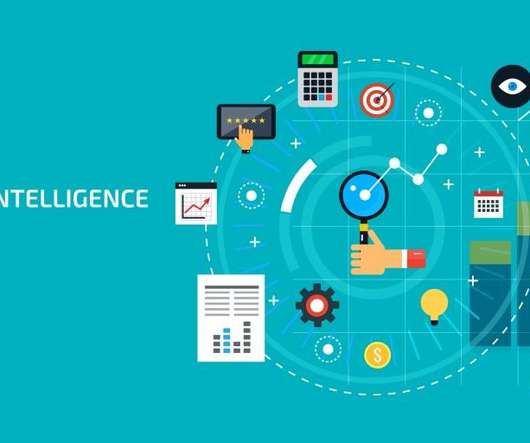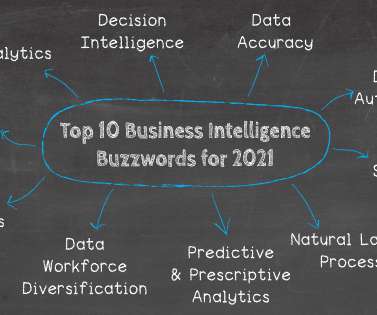What is business analytics? Using data to improve business outcomes
CIO Business Intelligence
JULY 5, 2022
Research firm Gartner defines business analytics as “solutions used to build analysis models and simulations to create scenarios, understand realities, and predict future states.”. What are the benefits of business analytics? Predictive analytics: What is likely to happen in the future? Business analytics dashboard components.






















Let's personalize your content